We live in an age when the wristwatch has been replaced by an impersonal smartwatch supplying most of the features of a computer, or worse, no timepiece at all, relying instead on a cellular phone to keep track of time. As a result, analog watches have lost their appeal, relegated to dusty drawers.
But not by all. There exists a fervid appreciation of these tiny mechanical marvels whirring on a wrist, with vintage watches of 40 years or older enjoying an ever-growing fan base.
Vintage watches are like popcorn—the first taste leaves you wanting more. There are many reasons and ways to start a vintage watch collection. Some search for highly sought-after pieces in the hopes of reselling them at a profit. Others simply enjoy owning and wearing a variety of classic watches. Collections can be the result of “finds” at auctions, yard sales, dusty pawnshop shelves, or an inheritance.
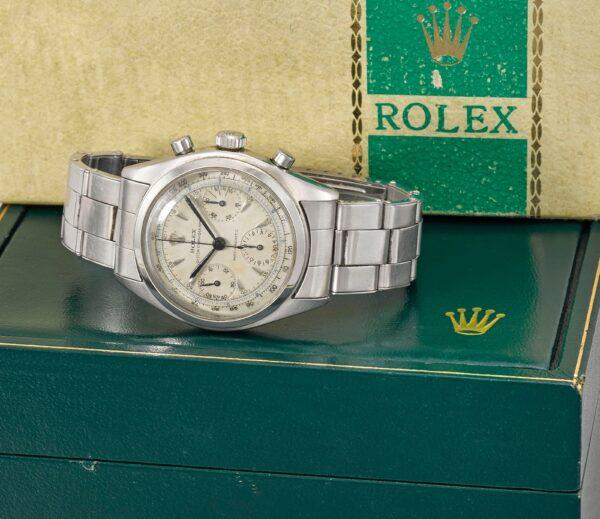
Movie and celebrity exposure can affect prices, as seen with the Omega Seamaster Diver 300 chronograph worn by James Bond in “No Time to Die,” the Omega Speedmasters worn on the moon by NASA astronauts (the Snoopy moonwalk commemorative edition is especially desirable), or the vintage Rolex GMT “Pepsi” worn by Tom Selleck in “Magnum, P.I.”
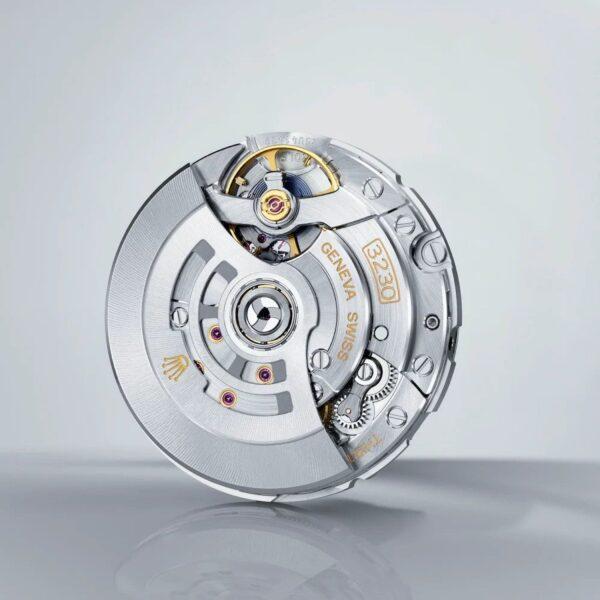
Watches sold as a complete set include the original box and papers, but in the world of vintage watches, this is rarely the case and isn’t a reason to pass on desirable watches and especially those acquired to be worn. Given their age, it is expected that most vintage watches have been worn, ranging in condition from rough to “looks new” with prices reflecting the condition.
However, in some cases, what appears at first glance to be an old watch in bad condition may actually be a gem. The dials on 1950s-era Rolex Submariners were painted black, fading over time to a shade of brown. These “tropical dial” models are almost as highly sought after as the small batch of Submariners produced in the third quarter of 1957. Featuring a dial with a red triangle at 12 o’clock and numerals slightly different than Subs before or after, even examples that look like “a ratty old wristwatch” can be worth upward of $30,000.
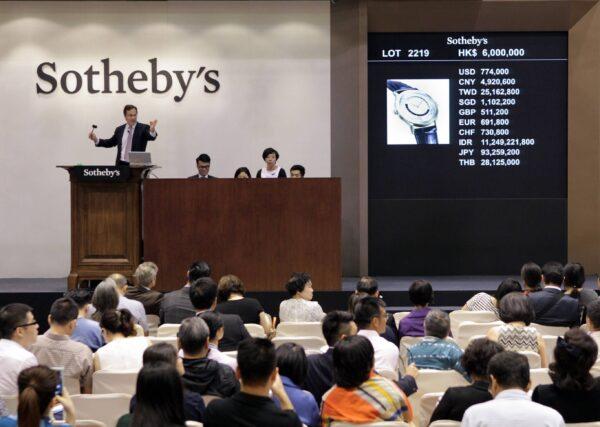
Experienced collectors realize the history of a timepiece can affect its value. While, in most cases, watches in good condition are always preferred, a rare watch in rough condition may be very valuable. That’s what drives collectors to scour auctions or garage sales hoping to find ticking treasures.
Rolex dealer Sean Dunn suggests: “When considering a vintage watch, look for examples in original condition. A refinished dial, incorrect replacement parts, or a case that has been over-polished, wearing down the original edges, can affect value.”
Watches with non-original parts are known as Frankenwatches and can be difficult to identify. Helpful resources include internet watch forums and collector publications. Learning the history of watch models can reveal fascinating information about the makers. As one example, Rolex was founded in London in 1905 by Hans Wilsdorf and Alfred Davis under the name Wilsdorf & Davis. Shortly thereafter, an office was opened in Switzerland and a trademark filed for the Rolex name, which was registered in 1915. The firm moved to Geneva in 1919. All shares of Rolex SA are owned by the Hans Wilsdorf Foundation, which contributes a share of annual earnings to charity.
The most important advice for those collecting expensive watches is to beware of counterfeits. One indication of a fake Rolex is the second hand moving in “jittery” one-second motions rather than the smooth flow of the real thing. Now, however, Rolex dealers have stories of counterfeits that were only discovered to be counterfeit when the case back was opened.
When considering an expensive watch, it’s best to buy from a trusted source if possible or at least to have an expert inspect it before money changes hands.
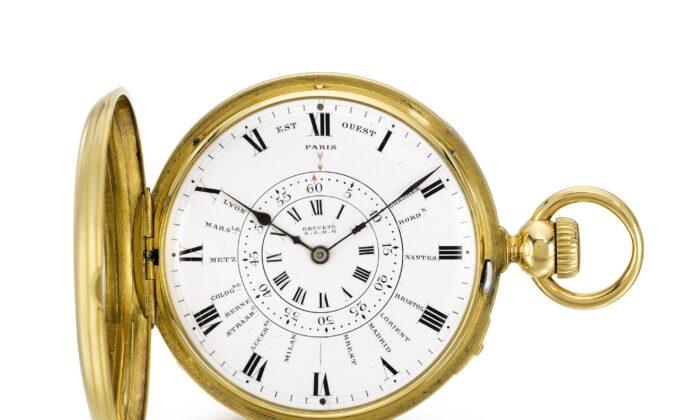


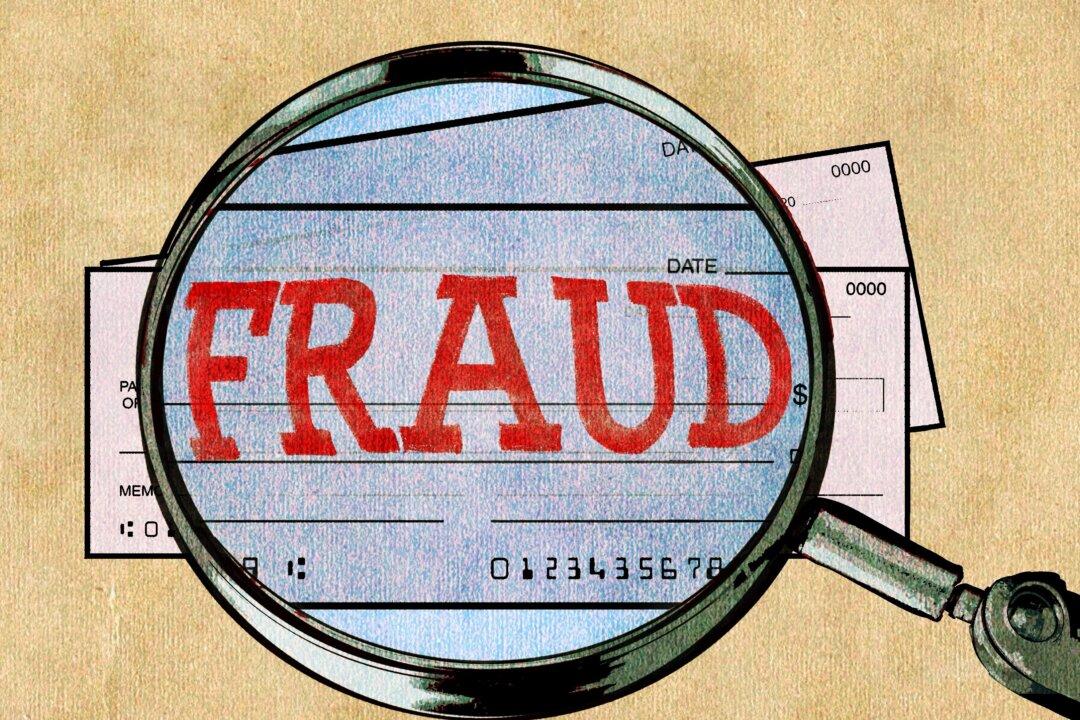
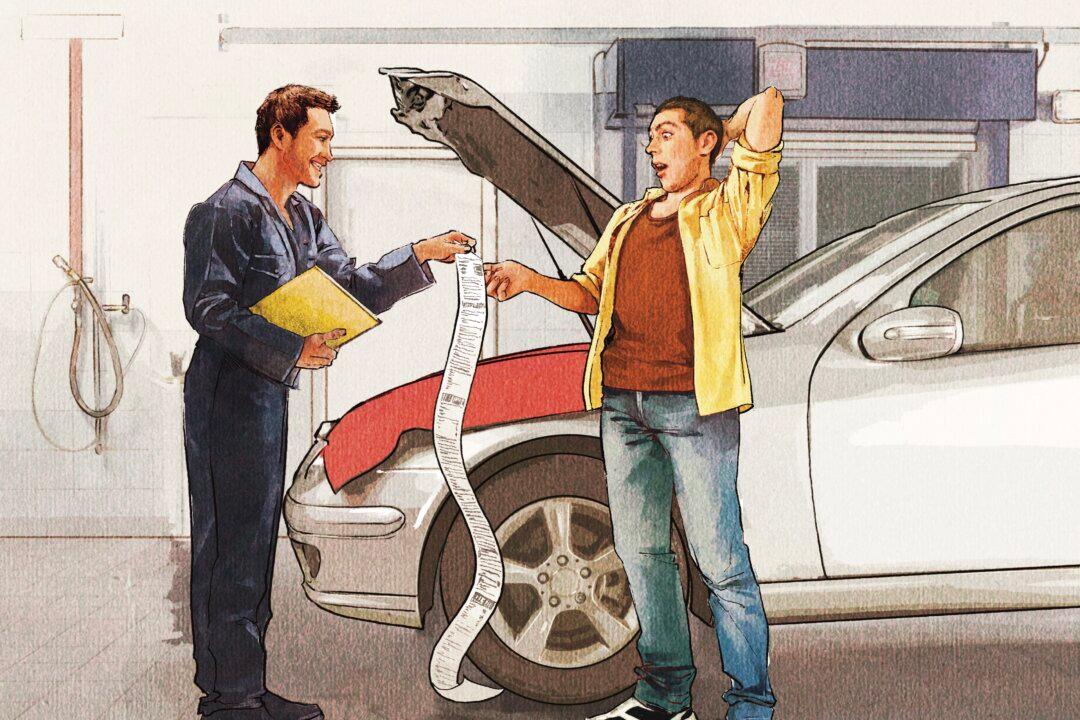
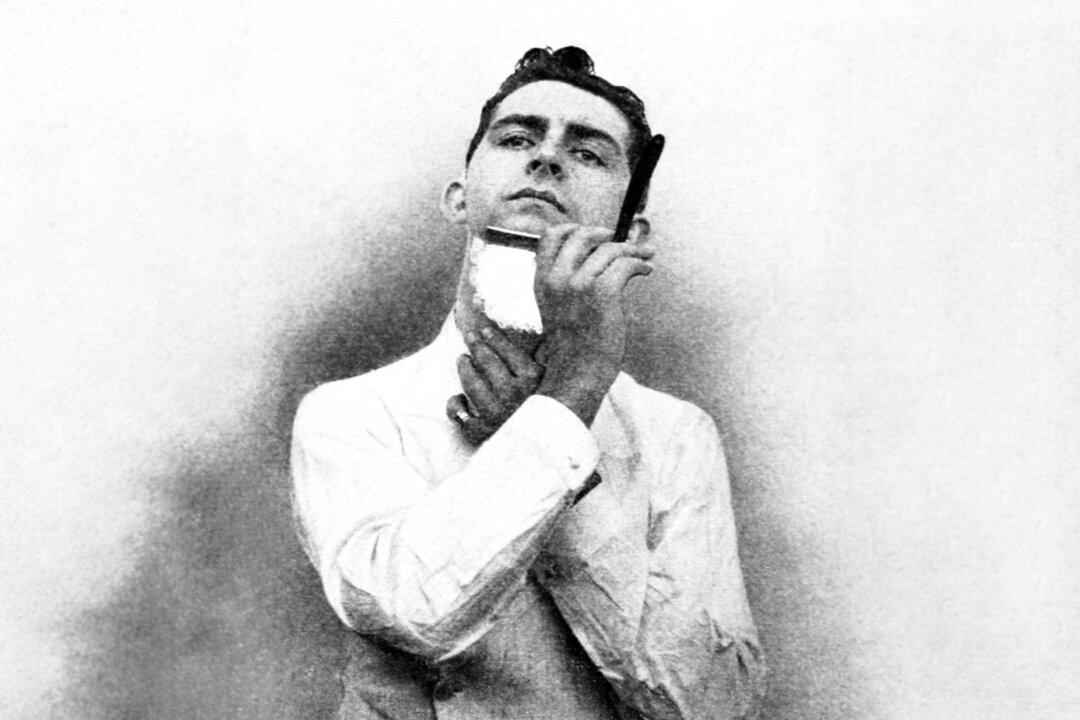
Friends Read Free